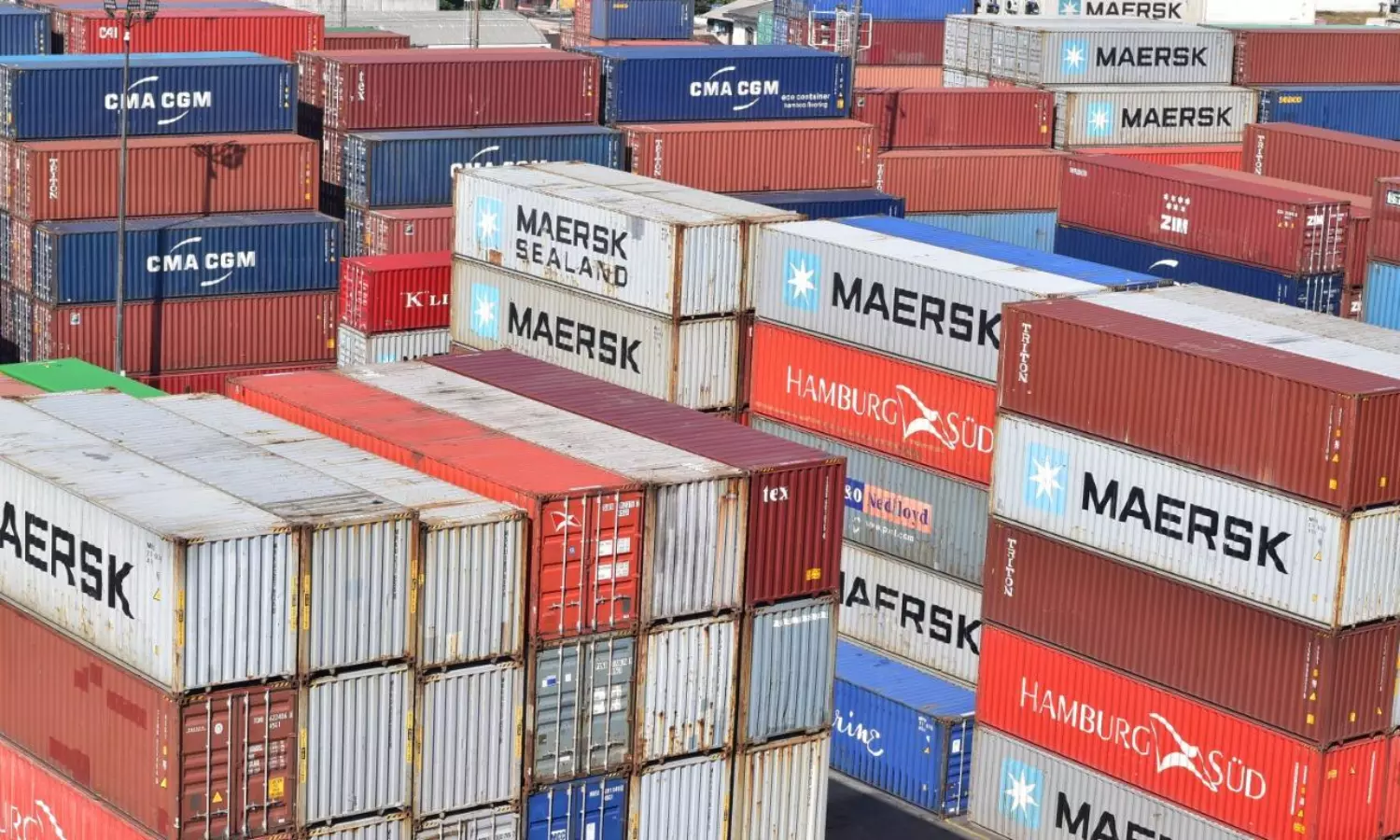Pile of containers - 3.5 million TEU - likely in U.S.
Normal operations likely by end-Dec 2022 means current transportation time of 112 days may revert to 45 days.

Photo by Andres Canavesi on Unsplash
While the delays and bottlenecks in the container supply chain will begin to improve at some point and eventually revert to normality, challenges include time and severity of the challenges due to the recent geo-political developments.
"Whilst welcome news for all stakeholders, this transition will create another problem – a large pile of empty containers on the import side, which cannot readily be handled as part of the normal flows," according to the latest update from Sea-Intelligence.
The data provider with a strong focus on container shipping created a model using Ocean Timeliness Indicator (OTI) data published by Flexport to estimate the effect of the increase in transportation time based on the scenario that the bottlenecks will begin to slowly be resolved starting from mid-February 2022 "and we will have returned to normal operations by end-December 2022. This means the current transportation time of 112 days will have reverted to 45 days by the end of 2022."
Alan Murphy, CEO, Sea-Intelligence, added: "In the scenario of steady operational improvement, we reach a stage where from July 2022 to February 2023, we will see almost 30 percent more containers returned to the depots in the USA than there is vessel capacity able to move them back to Asia. Based on this daily flow model we created, we can calculate the magnitude of the number of containers which will begin to pile up in the USA.
"This is shown in figure 1. The Transpacific head haul trade sees the movement of approximately 19 million TEU annually. Applying this to the flow changes we modelled in our analysis, the shortening of the supply chain will lead to a pile of 3.5 million TEU of containers which cannot be expatriated within the planned network operations. This has the potential of overwhelming the empty container depots in the U.S."
This pile is created within a period of 10 months, and if this is to be resolved within the existing network, it would require that the carriers operate with 82,000 TEU of empty slots on the head haul for 10 months. "In reality, this means that an entirely predictable ripple effect from the pandemic will be a significant problem with empty containers in the USA reaching far into 2023."
January busiest ever month for Port of Los Angeles
The Port of Los Angeles processed 865,595 TEUs in January 2022, a 3.6 percent increase compared to last year and the port's busiest January in its 115-year history.
And here's the number to watch: empty containers climbed to 338,202 TEUs, a jump of 21.4 percent compared to last year due to the continued heavy demand in Asia.
"2021 was a record year for the Ports of Los Angeles and Long Beach, which moved more than 10 million import containers," a White House statement said on January 20, 2022. "This is a 14 percent increase over 2020 and a 13 percent increase over 2018, which held the previous record for imports at the two ports combined.
"While final year-end numbers are still not available for all of the top four container ports in the country (Los Angeles, Long Beach, New York-New Jersey, and Savannah), they are also on track to beat their previous records, moving 18 percent more containers between January and November 2021 compared to January and November 2020."
So, watch for the containers left behind...


